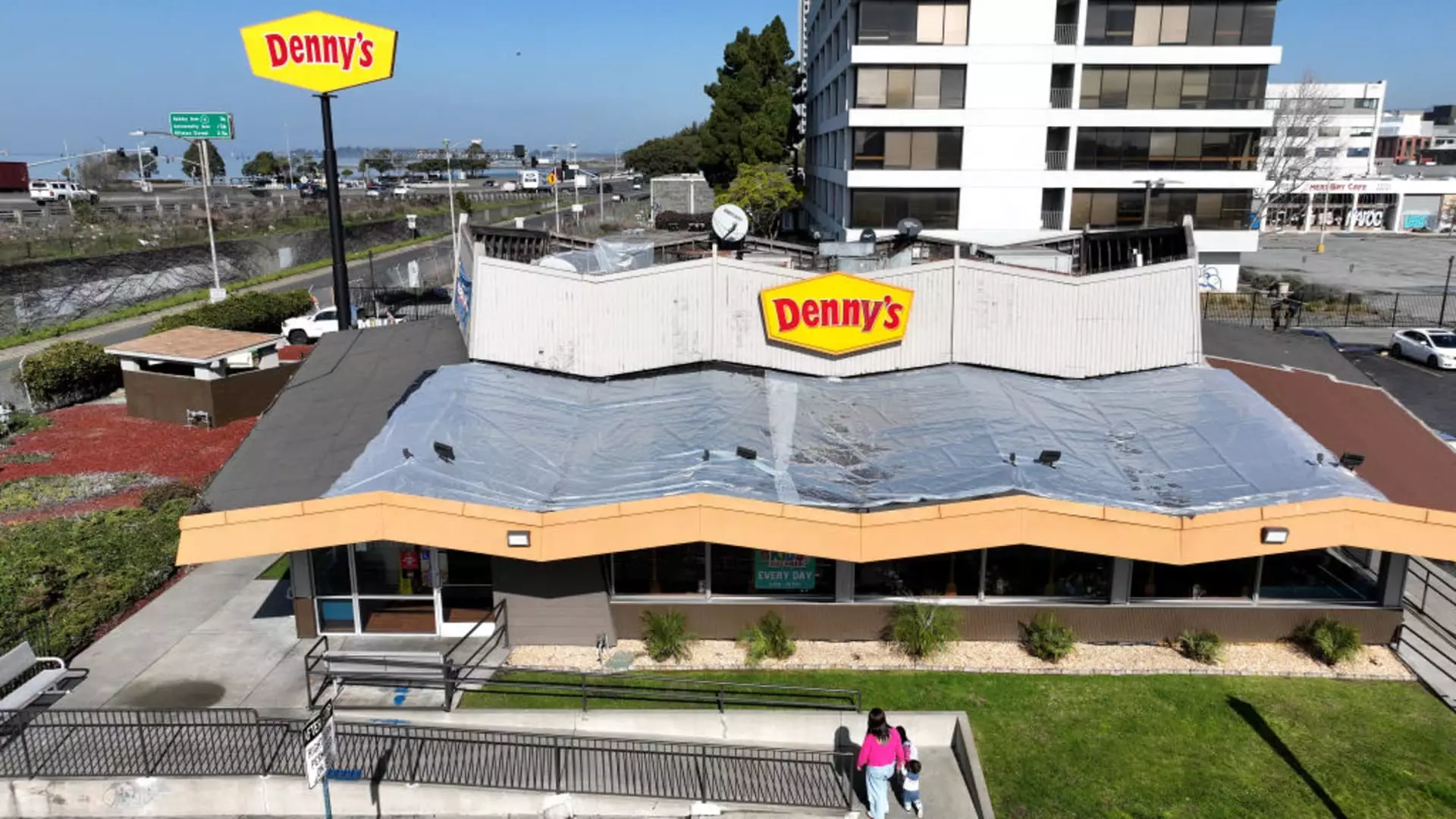The restaurant industry has been experiencing seismic shifts amid a tumultuous economic landscape, leading to an unprecedented number of closures, bankruptcies, and strategic turning points in 2024. As inflation continues to affect consumer behavior across the United States, dining out has transformed from a casual pleasure into a carefully considered expense. This article delves into the underlying factors driving the closure of numerous restaurant chains and examines the implications for the future of the dining sector.
Consumer Behavior in a Post-Pandemic Landscape
In the aftermath of the COVID-19 pandemic, the restaurant industry has not quite returned to pre-pandemic levels of operational stability. Inflation-weary consumers have significantly altered their dining habits, gravitating towards establishments that prioritize value and offer discounts. The shift is evident in the declining number of visits to restaurants — a trend noted by Black Box Intelligence, which reported a significant drop in the total number of restaurant visits over the first ten months of the year. As many consumers pivoted towards budget-friendly choices, savvy diners have opted for fast-casual chains like Chipotle and Sweetgreen, which provide convenience without sacrificing quality.
This consumer shift has placed immense pressure on casual dining establishments, revealing that traditional dining models may no longer align with contemporary economic realities. The preference of diners has evolved, emphasizing fast, affordable, and high-quality meals rather than the leisurely dining experiences that once characterized the casual segment.
The year 2024 has been marked by a striking 26 restaurant chains filing for Chapter 11 bankruptcy protection — nearly three times the rate seen in 2020, during the height of the pandemic. This surge highlights the fragility of the industry in the face of a consumer base that is increasingly unwilling (or unable) to indulge in previous spending habits on dining out. Among the significant closures, Wendy’s made headlines by announcing the shuttering of 140 underperforming locations, in an effort to stabilize its financial footing after years of fluctuation.
Similarly, Applebee’s, which has struggled with declining same-store sales for the last six quarters, announced plans to close 25 to 35 of its U.S. locations. The continuous downfall raises questions about whether established brands can rejuvenate their appeal in a competitive market rife with alternatives. Meanwhile, the casual-dining category remains burdened under the weight of its own legacy, with many chains losing relevance amidst changing consumer preferences.
Strategic Moves in Response to Market Pressures
In reaction to their financial duress, some restaurant chains are adopting aggressive strategies aimed at revitalization. Denny’s, for example, is set to close about 150 locations by the end of 2025, focusing its efforts on improving sales performance by removing lower-performing restaurants from its portfolio. This approach reflects a broader industry trend: chains are not simply closing stores, but rather redefining their identity and operational strategies to reclaim their market positions.
Fast-casual chain Noodles & Co. also announced its decision to close approximately 20 locations, part of a broader initiative to streamline its operations following several challenging years. Transitioning toward a simplified menu and reconsidering the layout of its restaurants represents a holistic approach to correcting alignment with consumer demands.
Much like Noodles & Co., Bloomin’ Brands, the parent company behind multiple well-known casual dining establishments, has mirrored this trend by shutting 41 underperforming outlets. This indicates a conscious decision to pivot away from lesser-performing assets while recalibrating the overall customer experience.
As the calendar year comes to a close, the overarching narrative within the restaurant industry speaks to resilience and adaptability. Brands recovering from closures and bankruptcies like Red Lobster are now focusing on revival strategies, painting a picture of hope for the future. With new management and restructured approaches, establishments are keen on regaining consumer trust by prioritizing value, quality, and a more inviting dining atmosphere.
The cases of TGI Fridays and Denny’s exemplify how the industry is confronting structural challenges. Their willingness to evaluate and eliminate underperforming restaurants suggests a transition point; one where survival is predicated on embracing modern consumer tastes and operational efficiency.
2024 has been a tumultuous year for the restaurant industry, with challenges arising from lasting changes in consumer behavior, economic pressures, and competition from fast-casual alternatives. However, within this landscape of closures and bankruptcy filings, there lies a transformative potential. As restaurants rethink their strategies and adapt to the evolving culinary landscape, a new equilibrium may emerge — one that could redefine dining out for future generations. The coming years will be crucial in determining which brands will successfully navigate the shifting tide and emerge stronger in a landscape that is anything but static.

